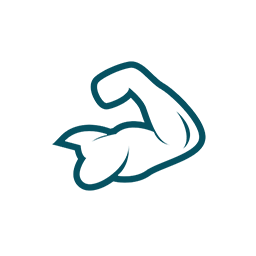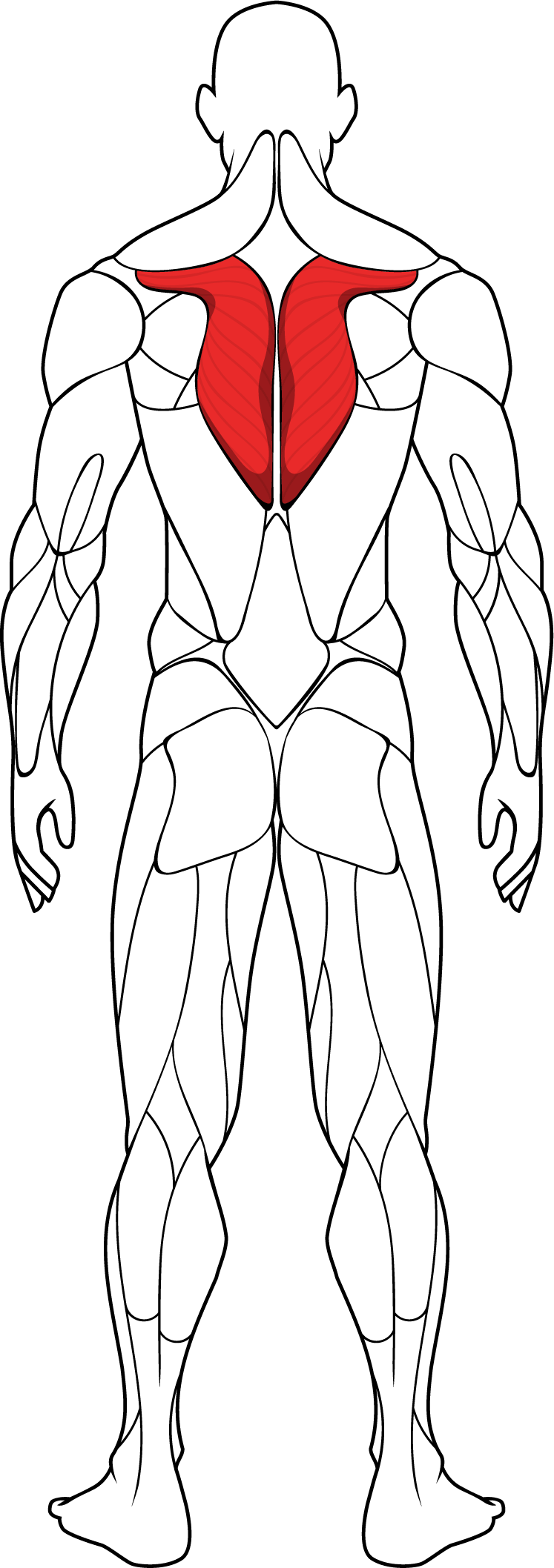The levator scapulae is a muscle located on the back and side of the neck. It plays a significant role in various movements of the shoulder girdle and neck, including elevation and downward rotation of the scapula (shoulder blade) and lateral flexion of the neck.
The levator scapulae is a muscle located on the back and side of the neck. It plays a significant role in various movements of the shoulder girdle and neck, including elevation and downward rotation of the scapula (shoulder blade) and lateral flexion of the neck.
Anatomically, the levator scapulae muscle originates from the transverse processes of the upper cervical vertebrae, specifically from the posterior tubercles of the transverse processes of C1-C4 (the first four cervical vertebrae). From its origin, the muscle descends obliquely downward and laterally to insert into the superior angle of the scapula.
Functions of the levator scapulae muscle include:
Scapular Elevation: The primary function of the levator scapulae is to elevate the scapula, pulling it upward toward the neck. This movement occurs when shrugging the shoulders, such as when carrying heavy objects or during certain exercises like shrugs.
Scapular Downward Rotation: In addition to elevation, the levator scapulae also contributes to the downward rotation of the scapula. Downward rotation occurs when the inferior angle of the scapula moves downward and inward toward the spine. This movement is important for stabilizing the scapula during overhead movements and maintaining proper shoulder mechanics.
Neck Lateral Flexion: Although its primary function is related to the scapula, the levator scapulae also plays a role in lateral flexion of the neck. Lateral flexion involves bending the neck sideways, bringing the ear toward the shoulder on the same side. The levator scapulae assists in this movement when contracting unilaterally (on one side).
The levator scapulae muscle can become tight or overactive due to factors such as poor posture, repetitive movements, or muscle imbalances. Tightness in the levator scapulae can contribute to neck pain, shoulder dysfunction, and restricted range of motion in the neck and shoulders.
Strengthening and stretching exercises can help alleviate tension in the levator scapulae and improve overall neck and shoulder function. Some common exercises to target the levator scapulae include:
Scapular Shrugs: Scapular shrugs involve elevating and depressing the shoulders without lifting the arms, focusing on the movement of the scapulae. This exercise helps strengthen the levator scapulae and other muscles involved in scapular movement.
Levator Scapulae Stretch: To stretch the levator scapulae, you can perform a simple stretch by gently tilting your head to the opposite side while simultaneously reaching your hand down toward the floor. This stretches the muscle on the side of the neck.
Shoulder Blade Squeezes: Shoulder blade squeezes involve retracting the shoulder blades together, which helps activate the muscles responsible for scapular retraction, including the levator scapulae.
Neck Side Stretch: This stretch targets the levator scapulae along with other neck muscles. Simply tilt your head to one side and gently apply pressure with your hand to increase the stretch on the opposite side of the neck.
Incorporating these exercises into your regular routine can help improve the strength, flexibility, and function of the levator scapulae muscle, contributing to better posture, reduced neck and shoulder discomfort, and improved overall movement quality. As always, it's essential to perform exercises with proper form and technique to maximize effectiveness and minimize the risk of injury. If you're experiencing persistent pain or discomfort, consult with a healthcare professional or physical therapist for guidance and personalized recommendations.
Anatomically, the levator scapulae muscle originates from the transverse processes of the upper cervical vertebrae, specifically from the posterior tubercles of the transverse processes of C1-C4 (the first four cervical vertebrae). From its origin, the muscle descends obliquely downward and laterally to insert into the superior angle of the scapula.
Functions of the levator scapulae muscle include:
Scapular Elevation: The primary function of the levator scapulae is to elevate the scapula, pulling it upward toward the neck. This movement occurs when shrugging the shoulders, such as when carrying heavy objects or during certain exercises like shrugs.
Scapular Downward Rotation: In addition to elevation, the levator scapulae also contributes to the downward rotation of the scapula. Downward rotation occurs when the inferior angle of the scapula moves downward and inward toward the spine. This movement is important for stabilizing the scapula during overhead movements and maintaining proper shoulder mechanics.
Neck Lateral Flexion: Although its primary function is related to the scapula, the levator scapulae also plays a role in lateral flexion of the neck. Lateral flexion involves bending the neck sideways, bringing the ear toward the shoulder on the same side. The levator scapulae assists in this movement when contracting unilaterally (on one side).
The levator scapulae muscle can become tight or overactive due to factors such as poor posture, repetitive movements, or muscle imbalances. Tightness in the levator scapulae can contribute to neck pain, shoulder dysfunction, and restricted range of motion in the neck and shoulders.
Strengthening and stretching exercises can help alleviate tension in the levator scapulae and improve overall neck and shoulder function. Some common exercises to target the levator scapulae include:
Scapular Shrugs: Scapular shrugs involve elevating and depressing the shoulders without lifting the arms, focusing on the movement of the scapulae. This exercise helps strengthen the levator scapulae and other muscles involved in scapular movement.
Levator Scapulae Stretch: To stretch the levator scapulae, you can perform a simple stretch by gently tilting your head to the opposite side while simultaneously reaching your hand down toward the floor. This stretches the muscle on the side of the neck.
Shoulder Blade Squeezes: Shoulder blade squeezes involve retracting the shoulder blades together, which helps activate the muscles responsible for scapular retraction, including the levator scapulae.
Neck Side Stretch: This stretch targets the levator scapulae along with other neck muscles. Simply tilt your head to one side and gently apply pressure with your hand to increase the stretch on the opposite side of the neck.
Incorporating these exercises into your regular routine can help improve the strength, flexibility, and function of the levator scapulae muscle, contributing to better posture, reduced neck and shoulder discomfort, and improved overall movement quality. As always, it's essential to perform exercises with proper form and technique to maximize effectiveness and minimize the risk of injury. If you're experiencing persistent pain or discomfort, consult with a healthcare professional or physical therapist for guidance and personalized recommendations.


